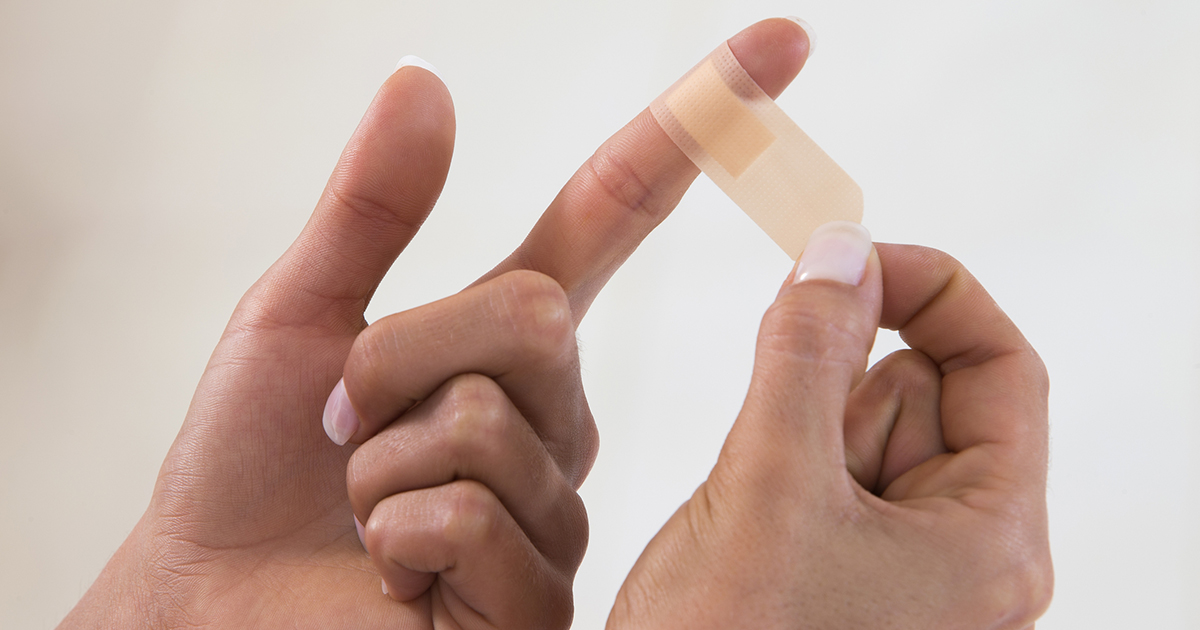Ways To Prevent And Treat Fire Ant Bites
Cover Area With Bandages

It is a good idea to cover areas with bandages after they have been washed out and medicated (if applicable). Because fire ant bites itch longer after they have occurred, most individuals are inclined to claw and scratch at them. While this is a natural response, it is not a smart one. Itching the bites can result in further skin damage and can allow bacteria, dirt particles, and other debris to enter the bite, all of which can result in an infection. Placing bandages over the bites will keep most individuals from itching at them and contaminating them further. The blisters that form over top of the fire ant bites actually form for a good reason. The not tampered with blisters provide a sterile environment for the skin underneath to heal. Usually, as long as the blister stays intact, the bite is not exposed to the outside air, and there is a minimal risk for infection. The blisters should not be purposely popped, as it will provide no relief, but will cause further issues. Placing bandages over the fire ant bites can help protect the blistering parts from being unintentionally popped and becoming an open wound susceptible to infection.
Keep reading for more information on treating fire ant bites now.